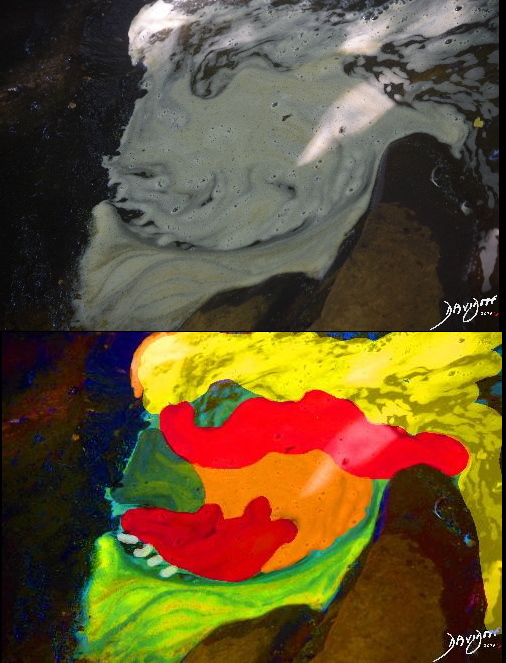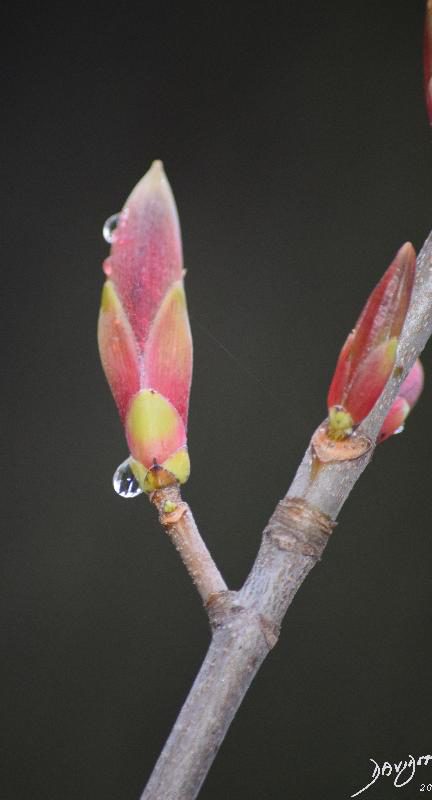 THE DEVIL IN THE SLIME OF A RIVER
THE DEVIL IN THE SLIME OF A RIVER
The water in the river was obstructed by debris and this resulted in the formation of slime.
The water was not free to flow and experience the normal freedom of flow
Slime = pure muck = the devil = the enemy of freedom
Let the river flow and be who it is – and you will get an angel and not a devil!
August 17 2016
94
By polluting clear water with slime you will never find good drinking water.
 DOWN AND UP
DOWN AND UP
Isaac Newton and the DogWalk
Said gravity to water droplet –
“ I will force you down”
Said droplet to earth –
“You may shudder with the fall”
Said earth to water
“I will spread you in my womb”
Said water to the roots
“I will move up inside you”
Said Time to Winter
”You are going down”
Said Time to Spring
“Time to come up”
Said tree to itself
“Time to grow up and bud”
Said bud to husk
“Release me so I can grow up”
Said gravity to husk
“You are going to fall down”
Said spider to the tree
“Hold my web, so I do not fall”
246
“The main driving force of water uptake and transport into a plant is transpiration of water from leaves. Transpiration is the process of water evaporation through specialized openings in the leaves, called stomates. The evaporation creates a negative water vapor pressure develops in the surrounding cells of the leaf. Once this happens, water is pulled into the leaf from the vascular tissue, the xylem, to replace the water that has transpired from the leaf. This pulling of water, or tension, that occurs in the xylem of the leaf, will extend all the way down through the rest of the xylem column of the tree and into the xylem of the roots due to the cohesive forces holding together the water molecules along the sides of the xylem tubing. (Remember, the xylem is a continuous water column that extends from the leaf to the roots.) Finally, the negative water pressure that occurs in the roots will result in an increase of water uptake from the soil.
“Now if transpiration from the leaf decreases, as usually occurs at night or during cloudy weather, the drop in water pressure in the leaf will not be as great, and so there will be a lower demand for water (less tension) placed on the xylem. The loss of water from a leaf (negative water pressure, or a vacuum) is comparable to placing suction to the end of a straw. If the vacuum or suction thus created is great enough, water will rise up through the straw. If you had a very large diameter straw, you would need more suction to lift the water. Likewise, if you had a very narrow straw, less suction would be required. This correlation occurs as a result of the cohesive nature of water along the sides of the straw (the sides of the xylem). Because of the narrow diameter of the xylem tubing, the degree of water tension, (vacuum) required to drive water up through the xylem can be easily attained through normal transpiration rates that often occur in leaves.”